I have plotted polar coordinates for my data by using ggplot2.
my dataset is in this format:
Time Lat Long Act
18:00 21.05 70.00 feed
18:45 21.00 75.00 walk
19:00 21.09 77.00 walk
19:05 24.98 77.09 rest
Code :
library(ggplot2)
plot.new()
ggplot(aes(x = Lat, y = Long, colour = Act), data = file) +
geom_point()
ggplot(aes(x= Lat, y = Long , colour = Act), data = file) +
geom_point() +
coord_polar(theta = "y")
This is the polar coordinate plot which I get: here
This plot is having latitude and longitude. Now I would like to add one more dimension "time". How can I do this ?. How can I make this 2D polar plot in 3D polar plot ?
